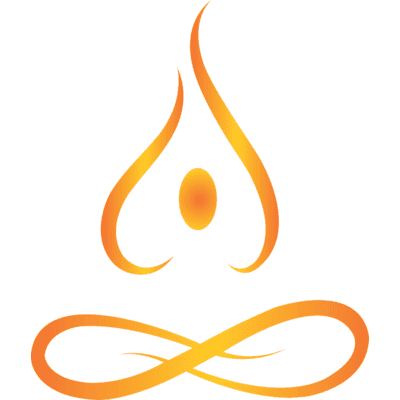Overcome fear and phobia treatment
How to Overcome Fear and Treat Phobias
Thankfully, fears and phobias are highly treatable. The most effective way to overcome fear and for phobia treatment is through hypnotherapy and psychotherapy. The reason these therapies are so effective in helping to overcome fear and treat phobias is that these techniques get to the bottom of the fear and phobia. In other words, they help identify why the fear has taken root and in turn promote solutions to beat the problem. As a matter of fact, many who receive phobia treatment and therapy to overcome fear see significant results in as little as 2-4 treatment sessions. Without a doubt, through the use of hypnotherapy and Brainworking Recursive Therapy® (BWRT®) a psychotherapy technique you will be free from your troublesome fear or phobia in a small amount of time.
The best way to overcome fear is to recognise it and take steps to tackle it. Are you ready to make the change and start living the life you want?
The difference between fears and phobias?
The first essential step to overcome fear and for effective phobia treatment is to understand the difference between them. Indeed you could simply start by asking yourself do I have a fear or is it a phobia, but this may not provide the clarity needed. Therefore, to deal with the problem at hand it is important to understand they are not one and the same. By comparison, there is a subtle difference between a fear and a phobia. As a matter of fact, the main distinction lies in the intensity and severity of the emotions experienced in fear and phobia. In short, a phobia is an intensified form of fear. In most instances, the phobic person will try to fight their phobia leading to a greater form of anxiety and also extreme fatigue in the process.
What is a Fear?
Fear is a rationalised and justified emotion that comes in response to a threatening situation. Almost all of us experience fear at some point in our lives. It is very common to feel a little anxious the evening before a long flight or feel a little dizzy when looking down from a great height. Of course, trying to overcome fear that exists in our mind is not easy. However, it is important to understand that fear is a normal human emotion triggered by threatening conditions. For most of us, these feelings are temporary and manageable. It’s when the fear interferes with daily life that it can become a problem.
What is a Phobia?
A phobia is a type of anxiety disorder that describes an excessive and irrational fear of a specific object, activity, or situation. Phobias involve intense fear surrounding an object or situation that really poses little or no real danger. They are different from common fears in that the associated anxiety is so strong it interferes with daily life and the ability to function normally. For those living with phobias, there are a few who find their strange and bizarre phobias quite fascinating. However, for the majority this unease becomes a persistent and all-consuming anxiety with the power to feel unbearable, turn into overwhelming panic or perhaps life-threatening. As a result, people suffering from phobias may go to extreme lengths to avoid encountering or experiencing what they fear.
Cause of Phobias
Fears and Phobias may emerge during childhood, pop-up randomly in adulthood or even occur as a result of a traumatic event involving the object of fear. For example frequent causes of phobias include:
- Traumatic experience involving object of fear
- Experiencing a panic attack in specific situation or around an object
- Witnessing someone else being harmed by specific activity or object
- Hearing a tragic story involving a specific activity or object
- Learned behaviour which stems from a family member experiencing the same phobia
Phobia Symptoms
Symptoms of phobias are similar to those of a panic attack. When faced with the specific object, activity, or situation that is the subject of intense fear, an individual with a phobia may exhibit the following symptoms:
- Uncontrollable feelings of anxiety,
- dread, and panic
- Rapid heart rate
- Difficulty breathing
- Sweating
- Trembling, shaking
- Abdominal discomfort
- Tightening of the chest and feelings of choking
- Nausea and dizziness
- Hot or cold flashes
- An overwhelming desire to escape
Types of Phobias
While many of us dislike certain activities, situations or objects, it doesn’t mean that we are suffering from a phobia to them. However, the same cant be said for a person where a similar experience causes intense fear or anxiety (whether real or imagined), that it impacts upon their daily life. In situations where this occurs, it can be said that for the person impacted the phobia is real.
If you consider how many of us there are and also the unique situations we experience throughout our everyday lives, the potential number and types of phobias that can exist are limitless. While there are so many potential phobias, we tend to find that some are much more common among us than others. Below we have provided a list of phobias, covering the ten most common phobias, in order of importance.
List of Phobias - Top 10 Phobias
- Arachnophobia – The fear of spiders
- Acrophobia – The fear of heights
- Agoraphobia – The fear of open or crowded spaces
- Cynophobia – The fear of dogs
- Ophidiophobia – The fear of snakes
- Astraphobia – The fear of thunder and lightning
- Claustrophobia – The fear of small spaces
- Mysophobia – The fear of germs
- Aerophobia – The fear of flying
- Trypophobia – The fear of holes





